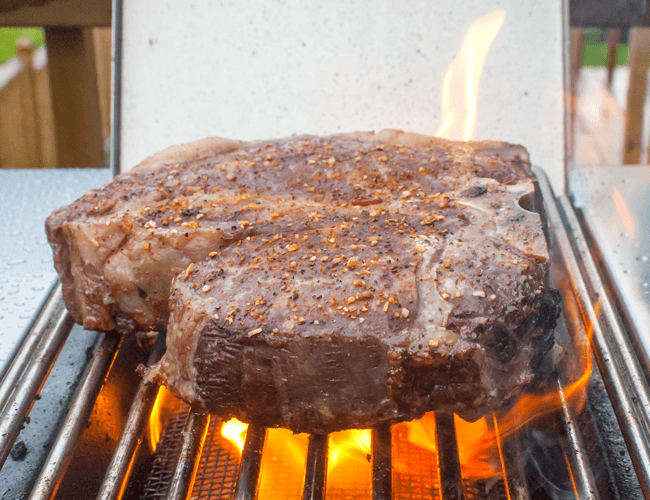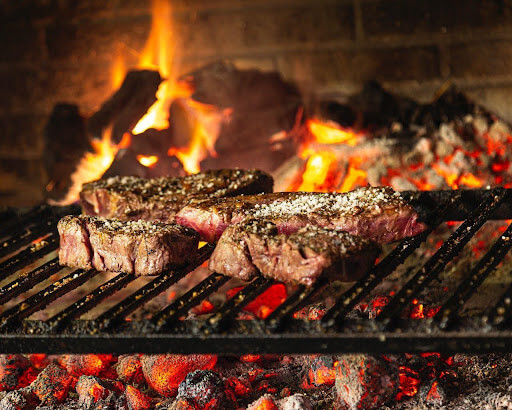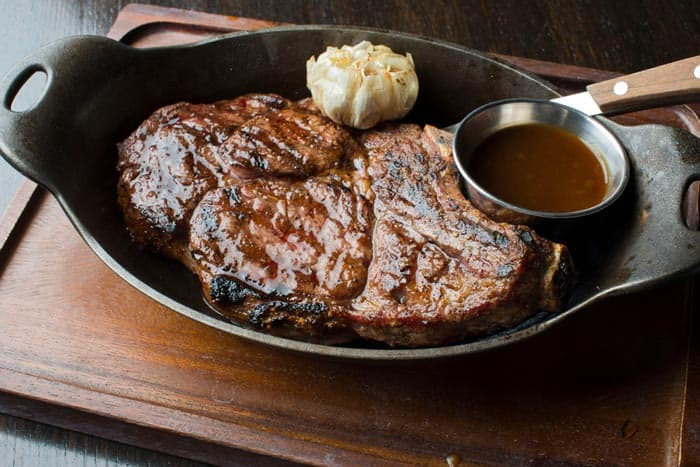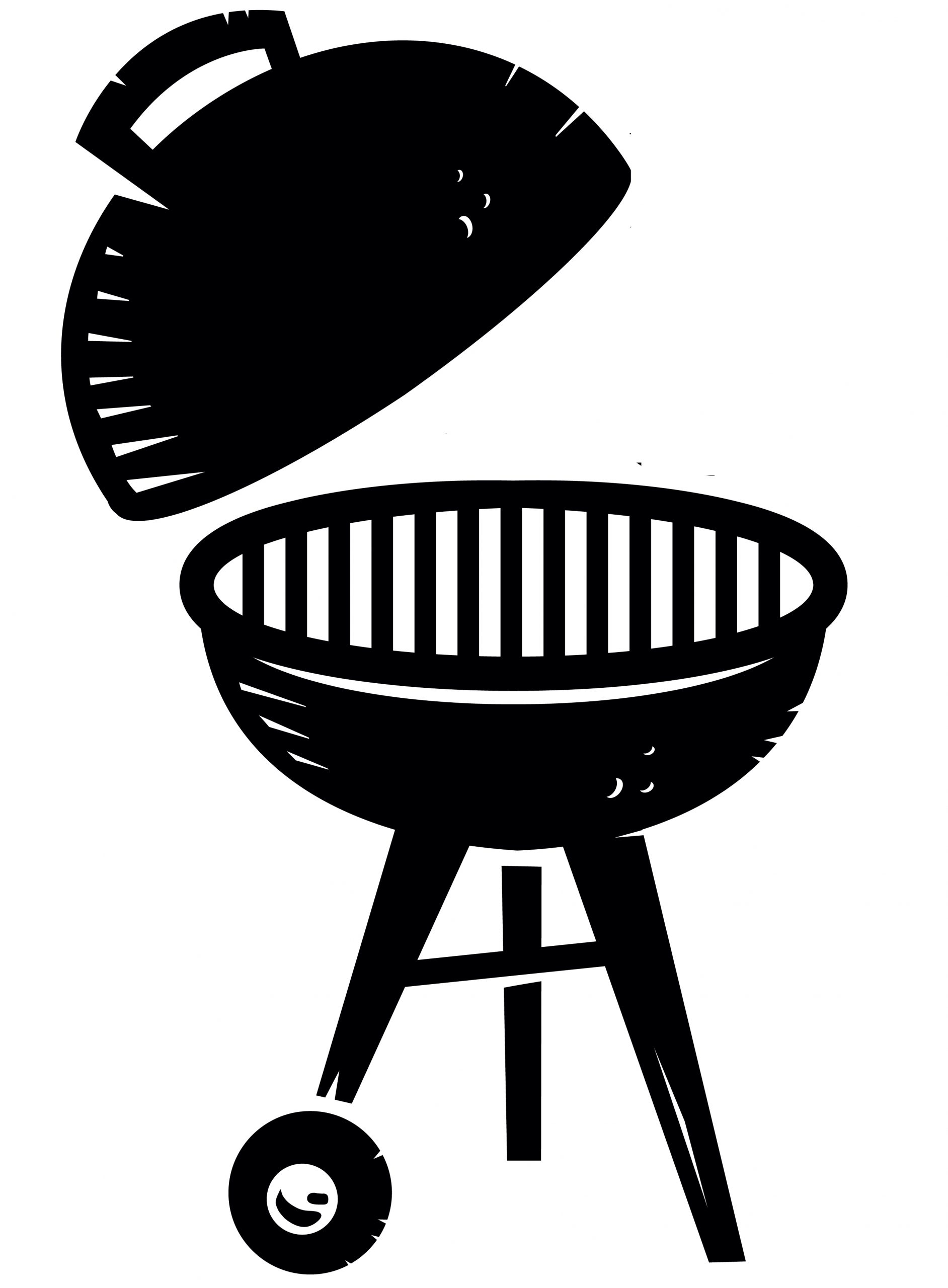When it comes to grilling, the Maillard reaction plays a crucial role in the flavors we enjoy. This chemical process contributes to the savory, rich taste found in perfectly grilled meats and vegetables. In this article, we'll delve into the science of the Maillard reaction, discuss ways to optimize it for enhanced flavors, and share expert grilling tips to elevate your skills.
What Is the Maillard Reaction?
The Maillard reaction is a chemical process that occurs when proteins and sugars in food are exposed to high heat, usually above 300°F (150°C). This reaction is responsible for the delicious browned crust on grilled meats, the golden hue of toasted bread, and the rich aroma of roasted coffee. Unlike caramelization, which focuses on the breakdown of sugars, the Maillard reaction is a complex interaction between amino acids and reducing sugars, forming a wide range of flavorful compounds.
This process creates deep, savory, umami-rich flavors, which are essential to grilling. Since it happens on the surface of the food under direct heat, it provides the signature color, aroma, and taste we associate with grilled dishes.
How the Maillard Reaction Elevates Flavor in Grilled Foods
The Maillard reaction is what creates that flavorful crust on grilled foods while also locking in juices, enhancing the appeal of meats like steak, chicken, pork, and even vegetables. The high heat from grilling offers the ideal environment for this reaction to take place, giving your food a perfect balance of caramelized exterior and tender interior.
Several factors influence how effectively the Maillard reaction works during grilling:
- Temperature: High heat is essential for activating the Maillard reaction. Direct contact with the grill or radiant heat from coals ensures efficient browning.
- Dry Surface: Moisture on the surface of food can prevent proper browning, as it keeps the food's temperature too low. Drying the surface before grilling maximizes the potential for browning.
- Protein and Sugar Content: Foods rich in proteins and natural sugars, such as meats and certain vegetables, are particularly suited to the Maillard reaction, forming complex flavors.

Tips for Optimizing the Maillard Reaction on the Grill
To achieve the best Maillard reaction, it’s important to focus on browning while avoiding overcooking. Here are some tips to help you get the most out of this chemical process:
Thoroughly Preheat Your Grill
Preheating your grill is vital for reaching the high temperatures necessary for the Maillard reaction. Whether you're using charcoal or gas, allow the grates to heat fully. Hot grates help jumpstart the Maillard reaction, sealing in juices and forming a flavorful crust. Without preheating, food may cook unevenly, leading to less browning.
Pat Dry Your Food
Before grilling, use paper towels to remove any moisture from the surface of meats or vegetables. This ensures that your food reaches the Maillard reaction threshold quickly. Excess moisture will cause steaming instead of searing, which inhibits proper browning.
Be Mindful of Marinades
While marinades add flavor, they can also prevent proper browning if they are too wet. After marinating, pat the food dry to encourage a nice sear. Marinades with ingredients like soy sauce or honey, rich in amino acids and sugars, can boost the Maillard reaction. However, be cautious with sugary marinades, as they can burn quickly.
Avoid Overcrowding the Grill
Crowding the grill can trap steam and lower the temperature, which interferes with the Maillard reaction. Leave space between your food to allow for proper air circulation, ensuring even cooking and optimal browning.
Sear First, Then Use Indirect Heat
For thicker cuts like steaks or pork chops, start by searing over direct heat to create a crust, then move the food to indirect heat to finish cooking. This approach helps preserve the food’s juiciness while developing a flavorful crust through the Maillard reaction.
Let Meat Rest After Grilling
Resting meat after grilling helps redistribute the juices, ensuring a tender, juicy bite. Although resting doesn’t directly affect the Maillard reaction, it helps preserve the crust formed by this process by preventing moisture loss.

Choosing the Right Tools for the Best Maillard Reaction
Achieving the perfect Maillard reaction also depends on the tools you use for grilling. High-quality equipment that ensures even heat distribution can make a big difference. Here are a few tools that can enhance the Maillard reaction:
- Cast Iron Grates: Cast iron retains and distributes heat more effectively than stainless steel, promoting better browning and crust formation. Be sure to preheat them thoroughly for optimal results.
- Infrared Burners: These burners produce intense radiant heat, which is ideal for triggering the Maillard reaction, especially for steaks and chicken. Once the sear is done, move the food to indirect heat to finish cooking.
- Thermometers: An instant-read thermometer helps you monitor the internal temperature of your food, ensuring it’s cooked to perfection without overcooking and compromising the Maillard reaction.
Maillard Reaction vs. Caramelization: Key Differences
Both the Maillard reaction and caramelization contribute to browning, but they create different flavors. The Maillard reaction involves amino acids and sugars, producing savory, umami flavors. Caramelization, on the other hand, only involves sugars and leads to sweet, nutty notes. It typically occurs at higher temperatures and primarily affects foods that are high in sugar, like onions and fruits.
The distinction between these two processes is important because the Maillard reaction imparts a deeper, more complex flavor profile to foods like meats, whereas caramelization adds a sweeter flavor.

Conclusion
Grilling is both an art and a science, with the Maillard reaction playing a central role in creating the rich flavors we love. By understanding the chemistry behind this process and applying the right techniques, you can enhance both the taste and texture of your grilled foods. Use high heat, keep your food dry, and invest in quality tools to maximize the Maillard reaction for the best results. With these tips, you'll achieve professional-quality grilling that brings savory, complex flavors to every meal.
